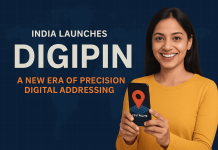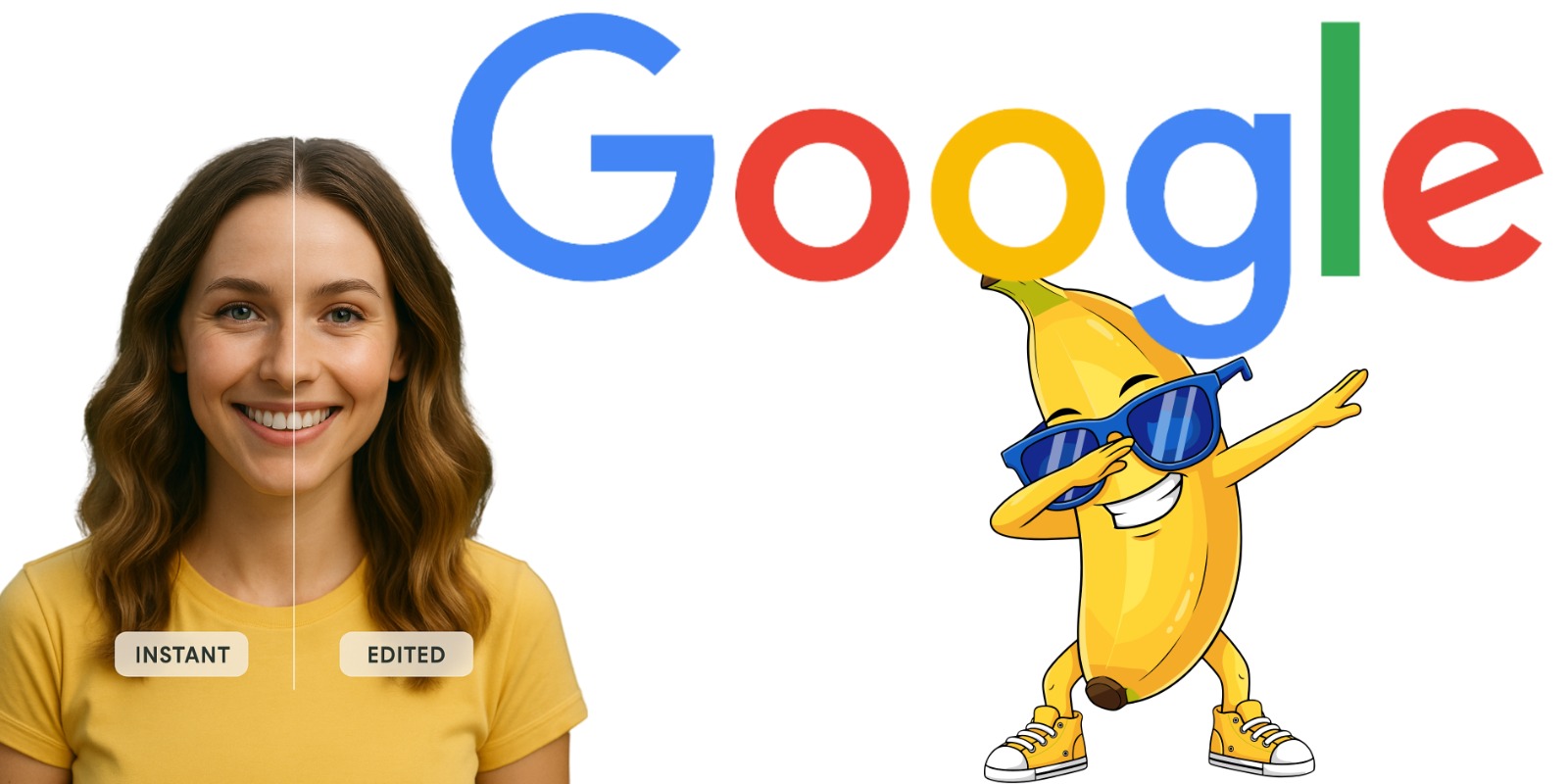Table of Contents
Have you ever edited a photo and noticed that your face looks just a little off—your eyes or hairstyle appear to have changed strangely? That’s a significant challenge in AI photo editing: maintaining the person’s appearance while altering the background, clothing, or lighting. Google may have solved that with its Nano Banana model (officially Gemini 2.5 Flash Image). This new update provides users with finer control over photo edits, improved consistency in facial features, and seamless blending of images—all from simple text prompts. Let’s explore what Nano Banana is, how it works, what new features it brings, and why it could revolutionize image editing forever.
1. What Is Nano Banana / Gemini 2.5 Flash Image?
- Nano Banana is the codename many used before Google confirmed it. The official name is Gemini 2.5 Flash Image.
- It’s an advanced image generation and editing model developed by Google DeepMind, now integrated into the Gemini app and other Google AI tools.
- This model lets users edit photos with text prompts, merge multiple images, and keep character likeness (i.e., preserving how people look) across edits.
2. What New Features Does Nano Banana Bring?
Here are the key new features and improvements:
a. Character Consistency / Likeness Preservation
One big complaint with older image editors is that changing one thing (like clothes or background) would unintentionally change facial features. Nano Banana aims to keep faces, pets, and important details consistent across edits.
b. Precise, Targeted Edits via Text
You can tell it something like “Change her dress to red silk” or “Remove the car in the background,” and it will do that change without messing up other parts.
c. Multi-Image Fusion
You can upload more than one image (for example, your face + a scene you like), and the model can fuse them into a new composite.
d. Style Transfer & Blending
You can take the style of one image (colors, textures, “vibe”) and apply it to another. For instance, match the color palette or style from a scene to an object.
e. Watermark & AI Identity Marking
To help prevent deepfake misuse or confusion, all images edited or generated include a visible watermark. They also include an invisible “SynthID” watermark in metadata so platforms or tools can detect AI origin.
f. Integrated into Gemini with More Control
The Gemini app now offers editing features directly. You don’t have to jump between apps. The model gives you more control over edits inside Gemini.
3. How It Works (At a High Level)
Here’s how using Nano Banana typically works:
- Upload or choose a photo in the Gemini app.
- Enter a text prompt describing what you want done (“Remove background”, “Change outfit”, “Blend with this image”, etc.).
- The model processes your request using its neural networks, keeping the key features of the subject (face, shape, pose) consistent.
- Generate / preview the edited image. You may tweak or refine further.
- Watermarks added, so image is marked as AI-generated (visible + invisible).
Behind the scenes, the model uses a deep understanding of the image, object detection, segmentation, style blending, and prompt following. It also taps into “world knowledge,” so edits make sense.
4. Why This Is a Big Deal
- Easier and more reliable photo edits: Normal users (not professionals) can make polished edits without errors or weird distortions.
- Better for creators & content: Social media creators, marketers, and designers will love tools that let them generate clean visuals fast.
- Competition for photo tools: Google’s move threatens the dominance of editing software like Photoshop or apps that overpromise but fail.
- Trust & authenticity: With watermarks and metadata tags, platforms can help users know which images are AI-generated. This helps fight misinformation / fake images.
- Blending & recombining creativity: Multi-image fusion means you can mix scenes, objects, and styles in new ways. This opens creative possibilities (imagine merging your portrait + a fantasy background).
5. Challenges, Risks & What to Watch
- Even with improvements, some edits in complex scenes might still look off (shadow, lighting, small details).
- Overuse or misuse—for example, fake images or misleading edits—will pose ethical challenges.
- Watermarks and detection are good safeguards, but it depends on tools and platforms recognizing them.
- Privacy: editing images of people must be consensual; faces are sensitive.
- Computational cost: producing high-quality edits takes compute and might be slower for complex edits.
6. What’s Next / What to Expect
- Ongoing refinements: better speed, ultra-high resolution, more subtle edits.
- More integration: Google may embed Nano Banana into more apps, services, or developer tools.
- Plugin / API support: making it available for third-party apps or design tools.
- Better safeguards and detection tools.
- More creative, fun uses (VR, AR, merging real and fantasy).
Conclusion
Google’s “Nano Banana” (Gemini 2.5 Flash Image) marks a milestone in AI photo editing. With its focus on consistency, control, image blending, and deep editing capabilities, it brings powerful tools to everyday users. For people who love editing, creating content, or simply improving their photos, they now have a stronger, smarter tool.
We’re stepping into a time where editing photos isn’t just shifting pixels—it’s telling stories. And with models like Nano Banana, our stories will look better than ever.





































